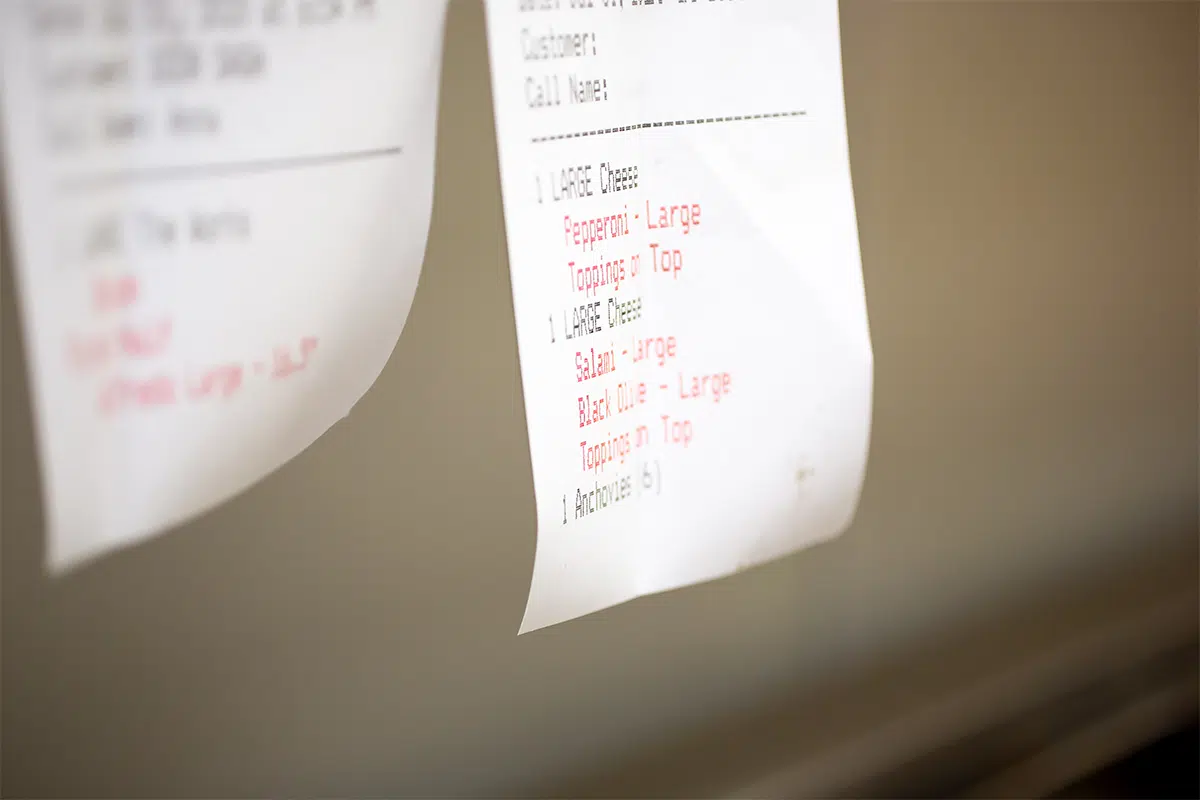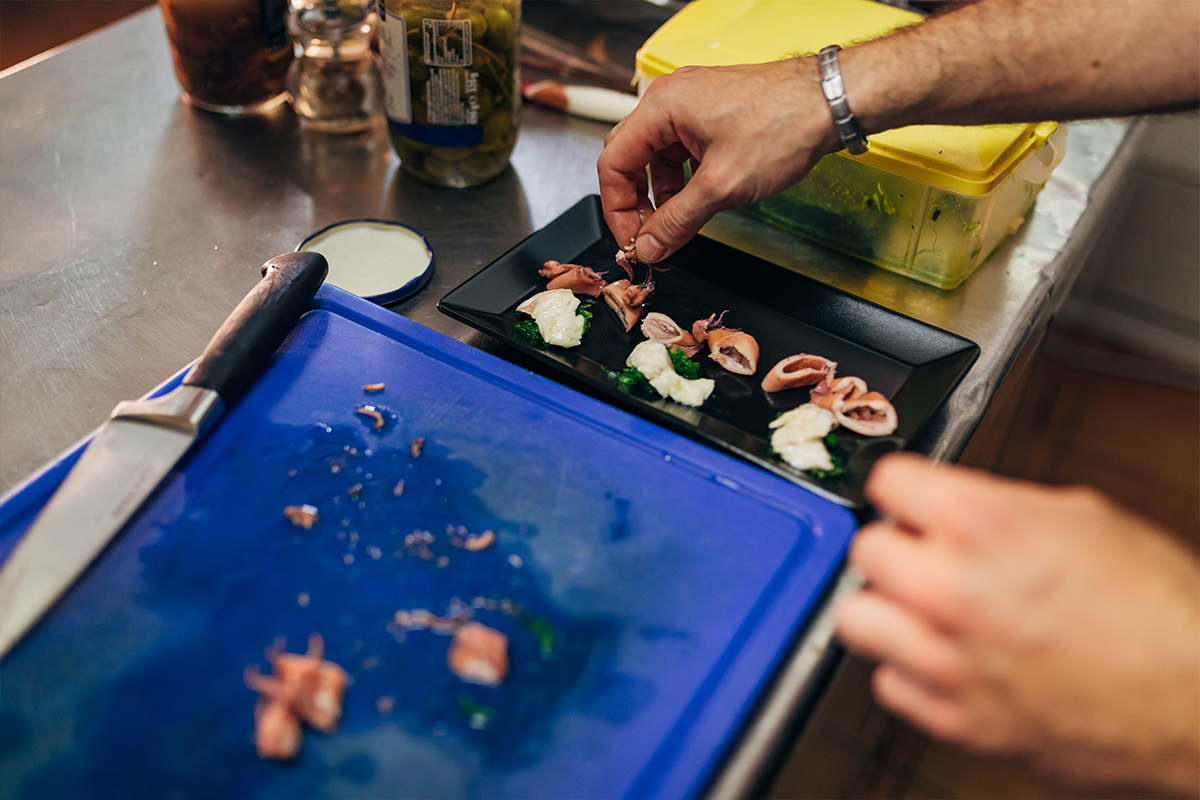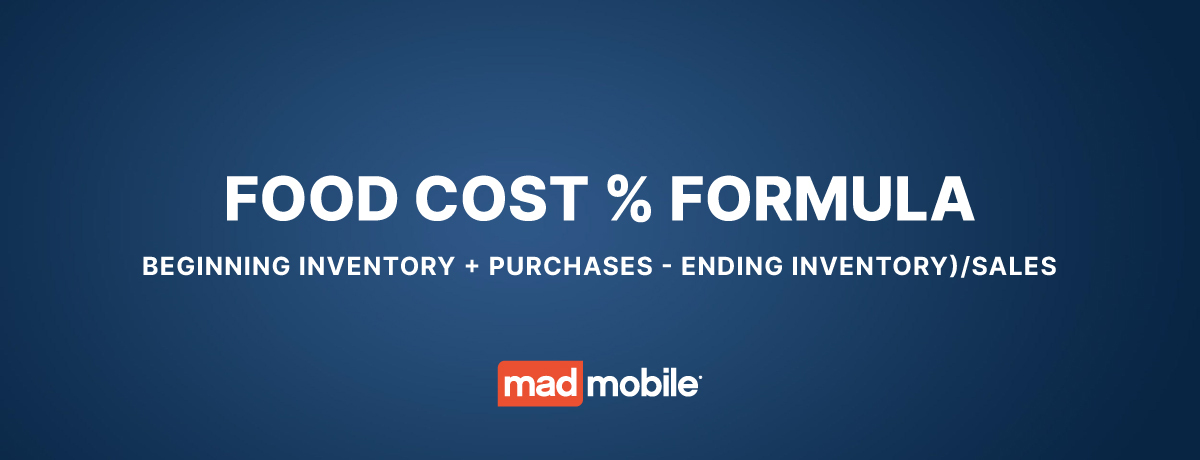Today, restaurants seem to be taking on new – and not-so-fun challenges. When one headache goes away, another one starts.
- The industry is still in a labor shortage.
- Supply chain issues forced menu changes.
- In early 2022, gas prices skyrocketed.
- In mid-2022, inflation rose by 8% from the previous year.
Restaurant owners are asking, “when will it all stop?”
It’s important for restaurateurs to get ahead of these issues by knowing how to reduce food costs while keeping margins in check and still ensuring a profit as inflation rises.
A study by Cornell University Food and Brand Lab says, on average, diners will leave 17% of their meals uneaten, and 55% of edible leftovers are left at the restaurant.
With food inflation and insecurity being at an all-time high, restaurants have a financial incentive and a duty to reduce food costs and waste. You need to be proactive. Think critically about how your restaurant is running.
10 Tips on How to Navigate Food Inflation
There are a few ways on how to reduce food costs and save money.
1. Set Smart Goals Around Restaurant Food Costs
Dwight Eisenhower said, “Plans are worthless, but planning is everything.” If you don’t set goals, then you will never succeed. The act of planning itself puts your plan into action. Even if that plan changes dramatically during implementation, if you set short, specific, and achievable goals that you can track against, you will already be ahead of the curve.
Example of a bad food costs goal: Cut inventory costs.
Example of a good food costs goal: Reduce the inventory costs of our top three selling items by 10% in Quarter one by being more thoughtful about our purchase orders and prep.
2. Identify Top Products and Make A Daily Item Count
One of the best strategies to reduce food costs is to keep a close eye on the highest impact ingredients.
Make a list of the most critical ingredients in your kitchen and count the inventory and their depletion rates daily. See how your employees interact with them, observe when and why they are being thrown away, and look for ways to reduce your waste surrounding these items.
3. Educate Your Employees & Label Everything
You must teach employees the values of eliminating food waste. Managers should be knowledgeable regarding actual vs. theoretical (AvT) food costs and first-in/first-out storage.
In addition, managers should be discussing a reduction in food waste with staff members each day, proper storage to avoid cross-contamination, and portion control.
Employees without kitchen experience are bound to make errors in judgment around expiring food.
Labeling stored items are key to limiting waste. Once a prepped sauce or item is left unlabeled, it is much more likely to be thrown away. It can’t be trusted without a date. Keep sharpies, tape, or stickers within easy access of all storage locations.
Learn more: How to Calculate Your Restaurant’s Inventory Turnover Rate
4. Pre-Portion Expensive Items
If your employees seem to be putting too much ahi tuna on your salads, then determine an official portion size by the ounce and measure it out in prep.
Identify your most expensive ingredients and start with those.
Restaurants can also make dishes with discounted produce. So-called “misfit” produce can be used in many ways and bought at a discounted price. Any dish where produce will be blended or chopped is fair game.
5. Evaluate Your Menu Offerings
Owners should set aside time every month to look closely at what is selling and what isn’t.
Chances are for most operators, 80% of their sales come from 20% of menu items. Eliminate those items that can be a drag on the kitchen. Making your menu less complicated can help speed up service times.
Determine what items are both expensive to produce and aren’t selling? What ingredients are you throwing away repeatedly because they are only in a couple of underselling dishes? Know when to call an experiment quits and move on.
Related Content: Menu Analysis – Why It’s Important to Analyze and Update Your Menu
6. Food Costs Make Up A Third Of Menu Prices
The first step you should do is to figure out average food costs over the previous six months. Once you have a number, make an ideal budget and work toward that goal.
Then, each month, track how you are doing. For example, you may find you spend almost 40% on food and want to reduce that to 30%. Implement changes to affect that percentage and track your progress.
7. Inventory Management Is Necessary
Smart inventory management and modern POS systems can help alert owners to dynamic inventory changes.
If a particular dish is selling well, then a smart system will tell them about that spike. There is technology that will track inventory in real time and estimate the amount left based on the dishes sold that use those ingredients.
8. Keep Track of What You Have
One of the most valuable assets restaurants must maintain is keeping track of what products they have on hand and controlling the flow of food items.
Typically, 25-35% of a restaurant’s operating budget goes toward food, and with inflation rising, it’s pivotal for owners to be precise in what they need and how they use their inventory.
9. Maintain a Weekly Food Cost Percentage
Owners run their business with a tight budget; usually, the restaurant profit margin is on the plus side, which makes for a successful operation. But any rise in costs can cause the restaurant’s profit margin to dip and even run into the negative side of the books.
Keeping a weekly food cost percentage can keep you informed and make it easier to adjust menus or look at adding or cutting supplies.
A common food cost formula is beginning inventory plus purchases minus ending inventory divided by sales.
For example, if an owner has an inventory value of $15,000 to start a week and makes $3,000 in purchases throughout the week. The ending inventory value is $12,000, and let’s say the food costs were $6,000 ($15,000 + $3,000 – $12,000 = $6,000). If the total food sales were $14,000, then the food cost percentage is 42.85% ($6,000 divided by 14,000 = 0.4285). The result is that 42.85% of total revenue went toward paying for ingredients, which is higher than average.
You can make the optimal budget and maintain it by tracking against the budgetary goal each month. For example, if you spend 42% on food and the owner wants to reduce that to 30%, then cutting back on certain items must be implemented.
In the spring of 2022, issues with food supply chains started to rebound, but problems remain, like higher delivery fees due to shipping costs.
One solution to keep restaurant food costs down and a robust inventory is to buy from local suppliers, or at least keep options open when finding alternate suppliers.
10. Increase Order Accuracy with Digital Ordering
The growing trend in restaurants is digital technology. As many as 70% of diners prefer to order digitally than in-person.
This is a huge factor if you want to reduce food waste and fight increasing menu costs.
When guests order through a device or with a server holding a handheld ordering device like a tablet, the order accuracy is more precise. This eliminates mistakes and avoids throwing out a dish not made to the customer’s specifications.
Self-service kiosks are another food saver when it comes to order accuracy, and so is QR code ordering and payment, where guests scan a code and order on their devices, further ensuring accuracy.
Customers who use kiosks and QR code ordering and payment will order 15-30% on average per ticket.
Conclusion
During inflation, the recourse restaurateurs turn to is to raise menu prices. But that’s not a good idea during this time, especially for those restaurants that were fortunate enough to survive through the tough times of 2020.
To counter increasing prices and inflation, restaurant owners need to think digitally and add solutions that will increase revenue without the knee-jerk reaction of raising prices.
Mad Mobile has digital solutions that modernize restaurants. Our unique platform will please owners with tableside ordering, self-service kiosks, or QR code ordering and payment. All of the solutions will bring in better order accuracy, increase ticket value, and turn tables faster.
With exceptional data reporting and dashboards owners will enjoy easy-to-use sales reports, scheduling, and inventory management.
Mad Mobile helps restaurants extend the functionality of their current POS systems and fight back against inflation and rising food costs.









